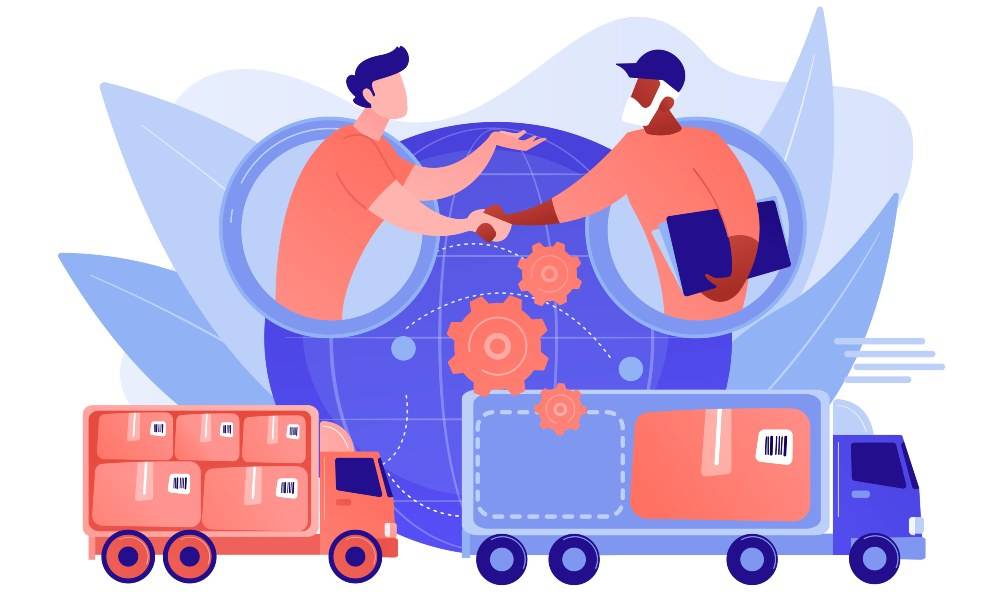Machine Learning (ML) in the supply chain has many benefits. It improves the companies’ quality and speeds with automation enabling teams to focus on initiatives strategically. It helps to drive growth and services offered.
With the data, businesses can analyze extensive data fast to identify while minimizing risk and providing insights for teams to gain wisdom from the dynamic supply chain. Still, the supply chain’s digitalization keeps changing and benefits businesses to embark on this journey.
These days companies can gather and analyze different data sources like the point of sales, social sentiment, IoT, and more. Hence, more organizations turn to ML in the supply chain, and today we will share some tips as to why you need machine learning in your company.
ML Helps With Demand Sensing

When you use ML, demand sensing helps to refine your demand forecast on the near real-time information in your supply chain. With the automated patterns, it captures and harmonizes while sorting out all the real-time data. Hence, it can predict customer orders.
An example is an ice manufacturer placing IoT sensors inside their iceboxes. It measures how full the ice boxes are, providing their inventory levels in real-time. Then, combined with POS and weather data, it can forecast each location’s hourly consumption levels to plant deliveries accordingly.
Machine Learning Helps With Causal Forecasting
ML helps you measure your relationships between vast variables to help predict demand, including:
- Lead time for purchasing, manufacturing, and shipping
- Challenges companies can face in an operating business scenario
- Advertising to marketing to introduce new products to promotions
- Macroeconomic and market intelligence
- It can predict customer use during holidays, special events, and seasonal
ML Clusters and Separates Data
With Machine Learning, it can automatically cluster data from products, and customers, to attributes to help with decision-making. With clustering and segmentation, you can leverage it with ML algorithms to find contextual information to create strategies.
ML Can Help You With New Product Forecasting
With this Machine Learning tip, you can bring multiple product attributes from product style, customers, category, channel, and geography with historical market data into a single place. Then, the ML analyzes the data to understand critical decisions like when clients like product A or purchase product B.
Machine Learning Improves the Quality of Your Supply Chain
Access to real-time and real-world data helps remove the latency when it comes to decision making and provides an accurate reflection of your network. With visibility in your supply chain, you can drive quality more accurately with your planning as you have accurate data between your supply chain and other entities. So you can quickly evaluate your service level, cost, lead times, and other factors.
What’s Next
As you can see, Machine Learning is an integral part of your supply chain’s future. With the advances offered by ML, it continues to accelerate to synchronize your supply chain to remove problems and help maximize resources. If you still need to consider Machine Learning in your supply chain, we recommend you contact John Galt today to get you on the ML wagon.
Photo credit: Freepik
Originally posted 2022-11-30 16:20:13.








